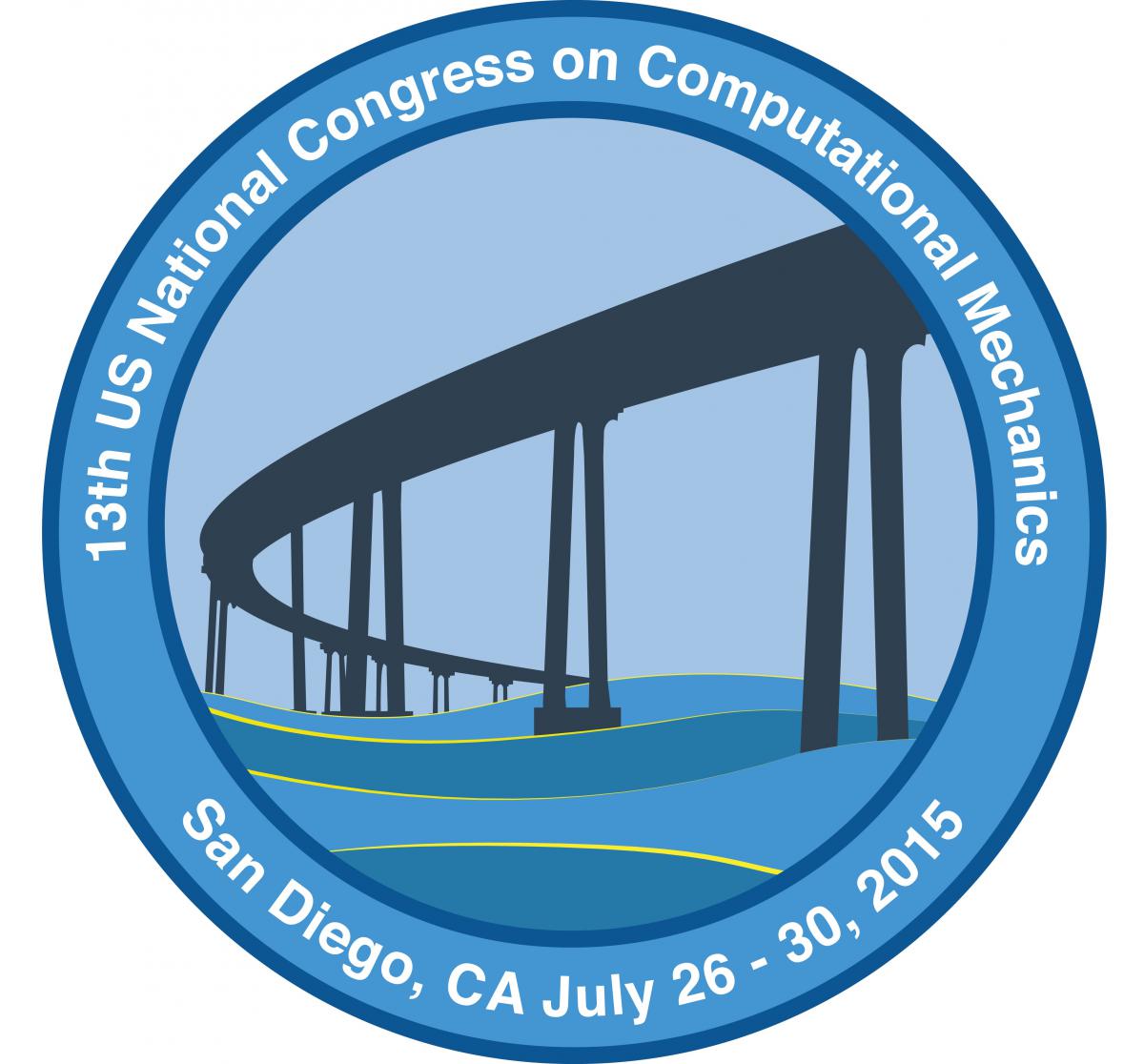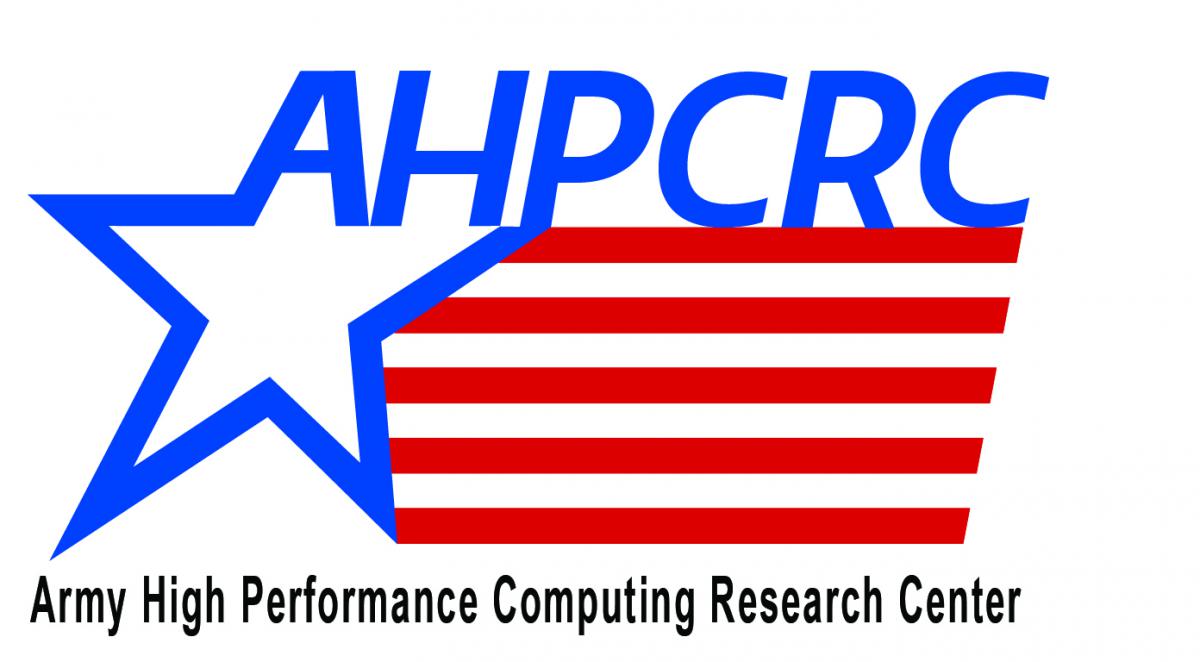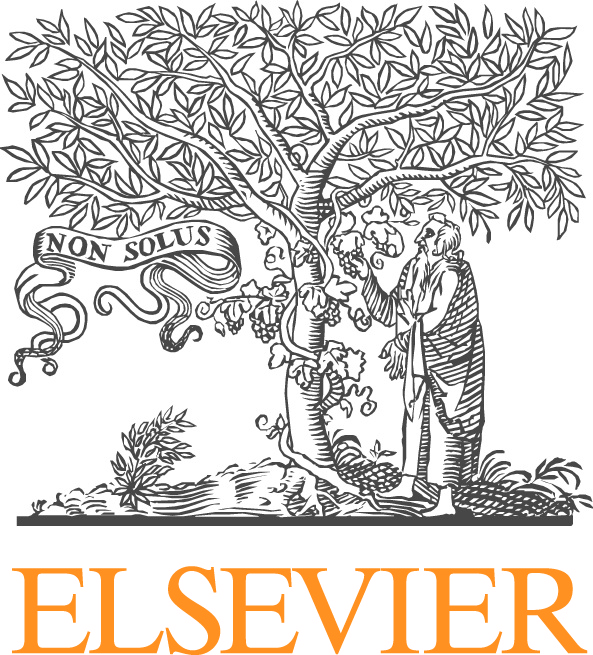Computational Modeling and Simulation of the Cardiovascular System
Advances in modeling and simulation of the cardiovascular system enable improvements in our understanding of cardiovascular mechanics and mechanobiology. They also provide novel approaches to optimize medical device design, patient risk stratification, and surgical planning that are increasingly relevant to clinical practice. The goal of this minisymposium is to bring together researchers working to develop computational methods for the analysis of the cardiovascular csystem in health and disease with experimental and clinicalvresearchers in these areas and thereby foster multidisciplinary interaction and collaboration. Contributions are invited that present recent advances in a broad range of topics, including:
- cardiovascular fluid/solid mechanics and fluid-structure interaction;
- constitutive models of cardiovascular tissues in health and disease, and their algorithmic implementation;
- computational methods to simulate interventional treatments, such as angioplasty with stenting, inserting a stent graft balloon catheter, or the deployment of transcatheter valve prostheses;
- computational models for aortic pathologies, including aneurysms and dissections;
- multiscale modeling approaches that bridge the scales from the sub-cellular level to the tissue level;
- modeling of multiphysics processes associated with, e.g., growth, remodeling, and degeneration;
- optimization methods for the identification of material properties;
- image processing methods for the construction of three-dimensional anatomical geometries;
- experimental methods for in vitro and in vivo measurements; and
- approaches to uncertainty quantification.





